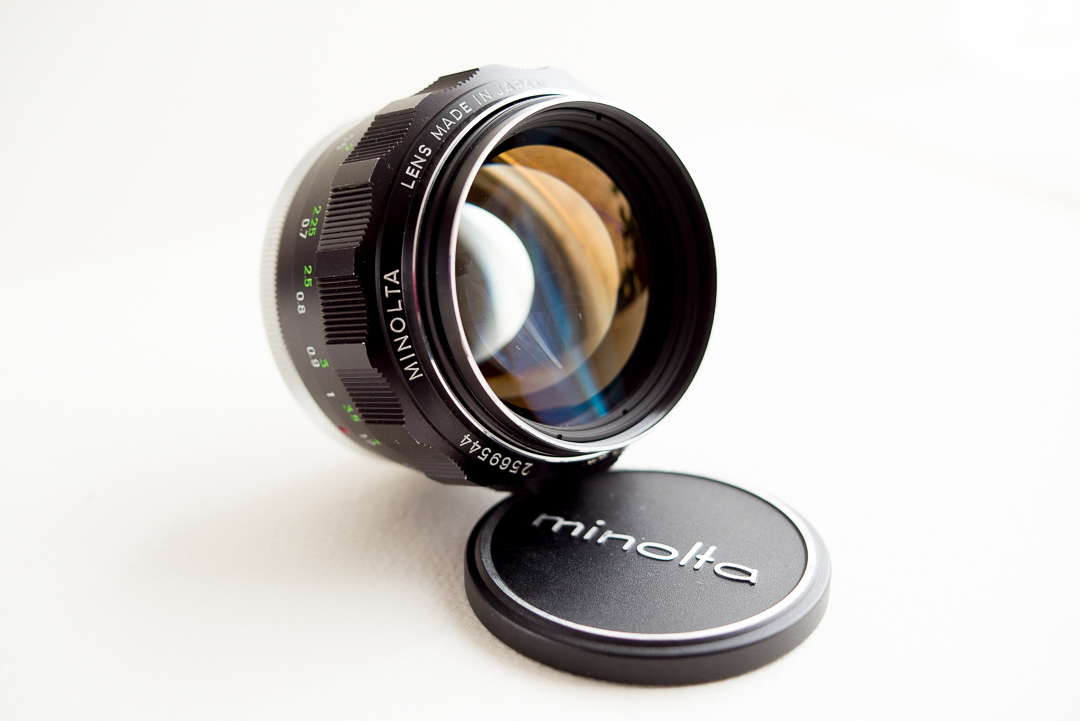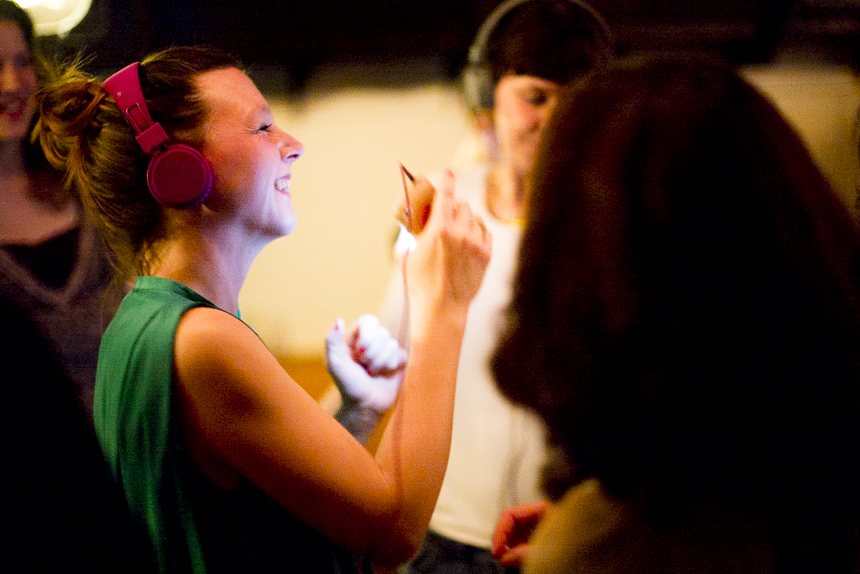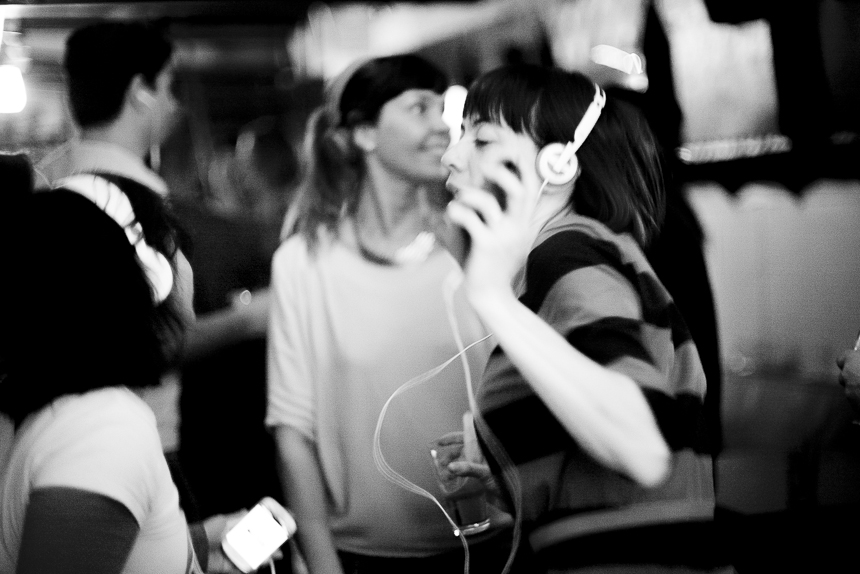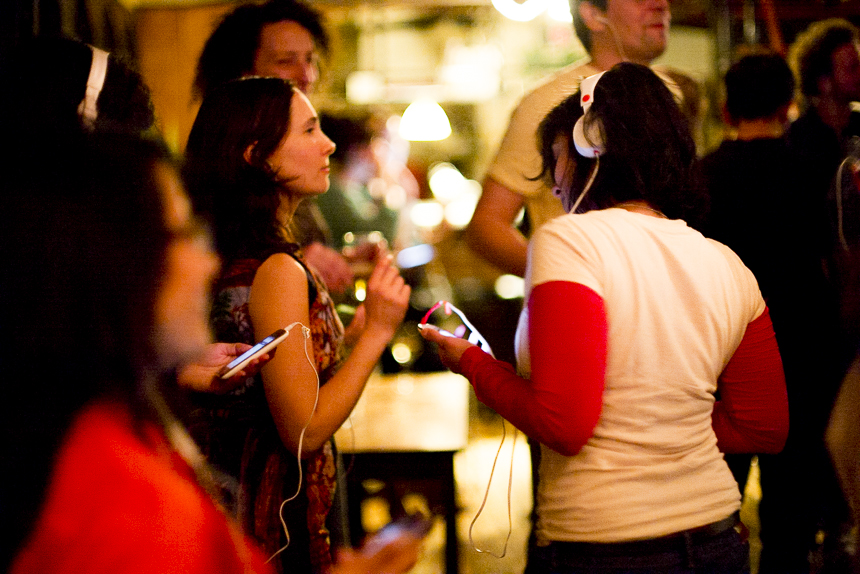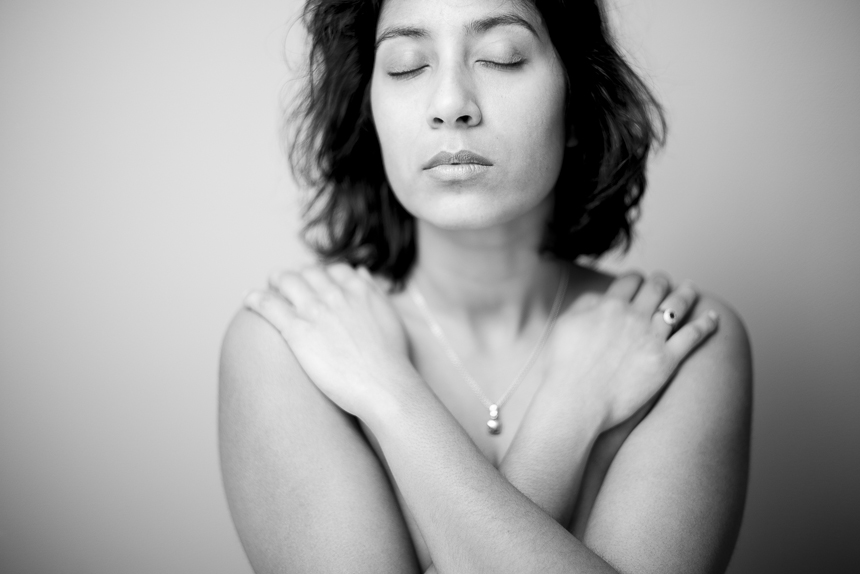As I said before, my photographic career started with the Minolta MD-system. Being an alpine climber in the film age, I was looking for a cheap, reliable camera with good optics and mechanical operation. I wanted a Leica M6, but couldn’t afford it. I bought a second hand XD-7, had the light seals replaced and enjoyed every single moment with it. I already had a MC Rokkor 50/1.4 and didn’t use it for more than ten years. When I ordered a Novoflex adapter for my M240 I started using the 50 again. Somewhere in my mind I knew there was a famous 58mm Rokkor that I wanted ten years ago, but couldn’t afford either. I started researching the internet and came across some interesting information.
The Rokkor 58/1.2 has acquired a true cult status among photographers…
The production of the MC – metre coupled – series started in 1966 and these lenses can be identified by their milled focus rings and unpainted aperture rings. In some cases, radioactive materials were added to the coatings to increase the refractive index. In the early version – and therefore probably the most popular version – of the 58/1.2 this is the case. Fortunately, that doesn’t mean you’ll have to wear a protective suit when shooting this lens. If there was any radiation at all when it was brand new, there will be nothing left after almost sixty years. What is left however, is a fantastic lens with a unique signature. Later versions of the 58/1.2 are optically slightly better, due to more advanced coatings, but some people say they lack the warm look the early version delivers. Of course, when shooting digitally, the temperature of a lens is less relevant than with film.
The “PG” in the name indicates the number of lenses and groups that are used in the lens: five groups and seven lenses. Minolta abandoned this nomenclature later. Probably because no one knew what all these abbreviations meant.
Although Minolta film bodies have become worthless – at least economically, because they can be very valuable in other dimensions – the Rokkor 58/1.2 has acquired a true cult status among photographers. Before the mirrorless revolution, these lenses were adapted for use on a DSLR through either a physical adapter, or they were rebuilt to be used on a DSLR. Nowadays, it has become even easier to use these lenses, because mirrorless cameras don’t have mirrors that can damage the lens. Unfortunately, these developments have increased the prices for this lens. You might find a very bad 58 for 100 USD or less, but don’t expect to pay less than 350 USD for a decent one. A very good one will set you back 600-900 USD. And the lenshood will cost you 100 USD as well, since they seem to be quite scarce. Still, for Leica users, this is pretty cheap. And it even looks like a Noctilux V4? Well, you may be the judge of that.
Build quality
They knew how to build lenses back in the ’60s and ’70s. The Rokkor does feel as sturdy as a modern Leica lens in the Summicron range. It is quite heavy though, with almost 475 grams. The focus ring is smooth, the aperture ring is perfect: not too stiff and certainly not loose either. You won’t shift the aperture by accident. The lens cap is made out of metal, with the old Minolta logo. The focus throw is long, as it should be on a lens like this.
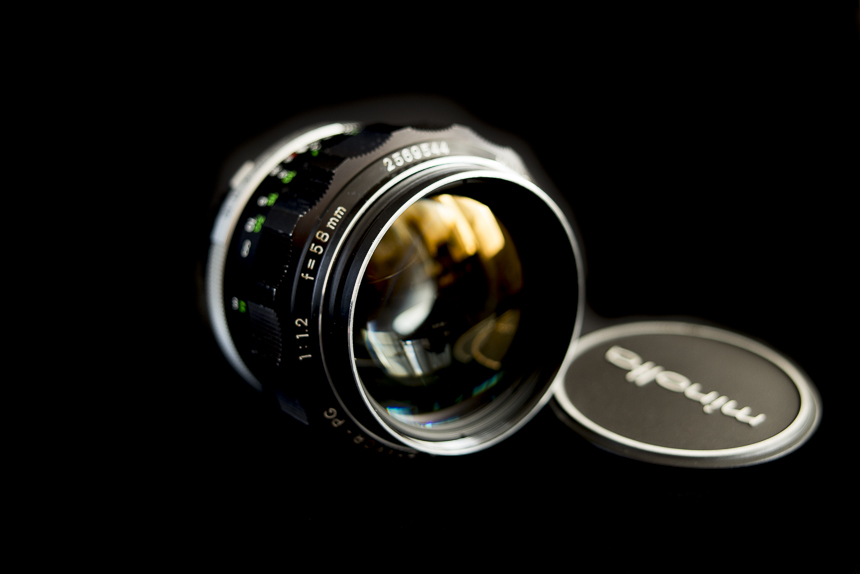
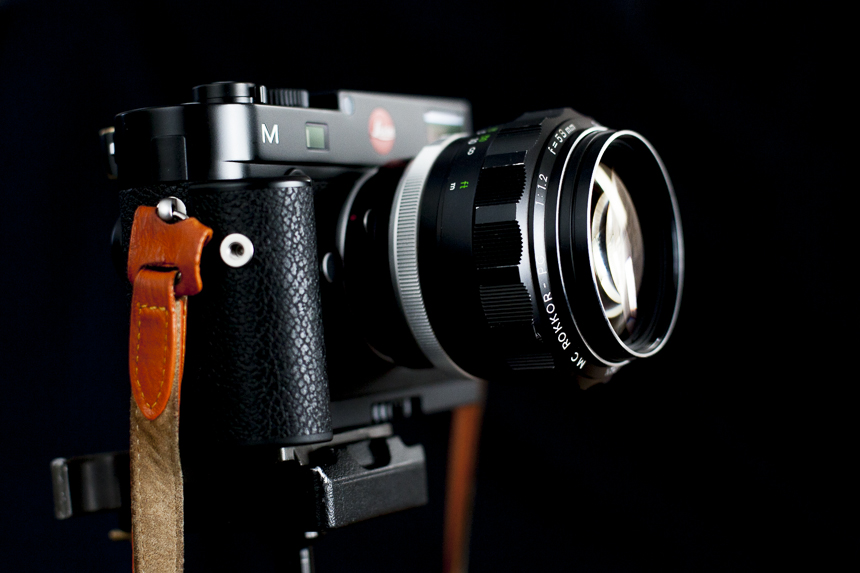
On the Leica M240 it handles quite well, comparable to heavier M lenses, like the CV35/1.2. Even with the adapter, it’s compact enough for everyday use. Being a thumbs-up user, I think it’s a petty you can’t use the EVF and a thumbs-up at the same time. I think the heavier lenses require some kind of extra support from either a thumbs-up, or the – also excellent – Leica M-grip.
sharpness shouldn’t be your top priority when buying a lens like this
Sharpness and rendering
Fast, old lenses are usually not the sharpest lenses. In this case, that’s true. However, sharpness shouldn’t be your top priority when buying a lens like this. To me, the sharpness it delivers at 1.2 is perfectly usable. As you can see in this photo, the eye lashes are sharp enough, even though they’re not in the center of the image. Sharpness does decrease quite a bit towards the corners, so take that into account when taking portraits. Also, sharpness improves quite a bit when the lens is stopped down. Unfortunately, it stops down from 1.2 to 2 straight away. More important to me is the rendering and the transition from sharpness to out of focus areas. And that’s where this lens shines.
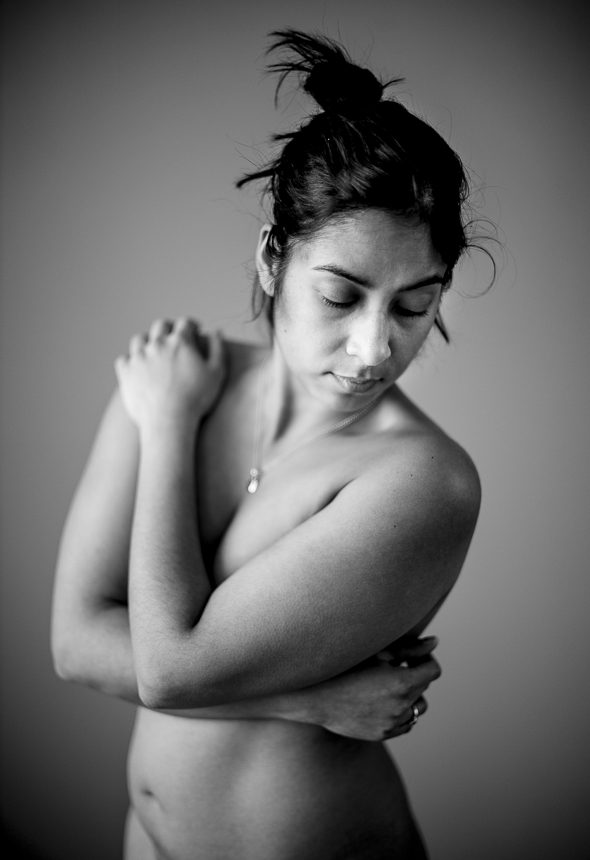
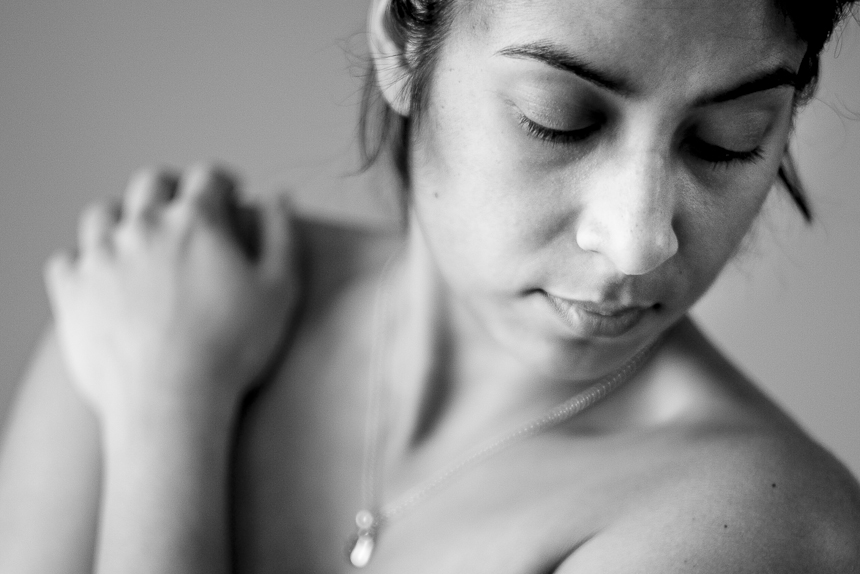
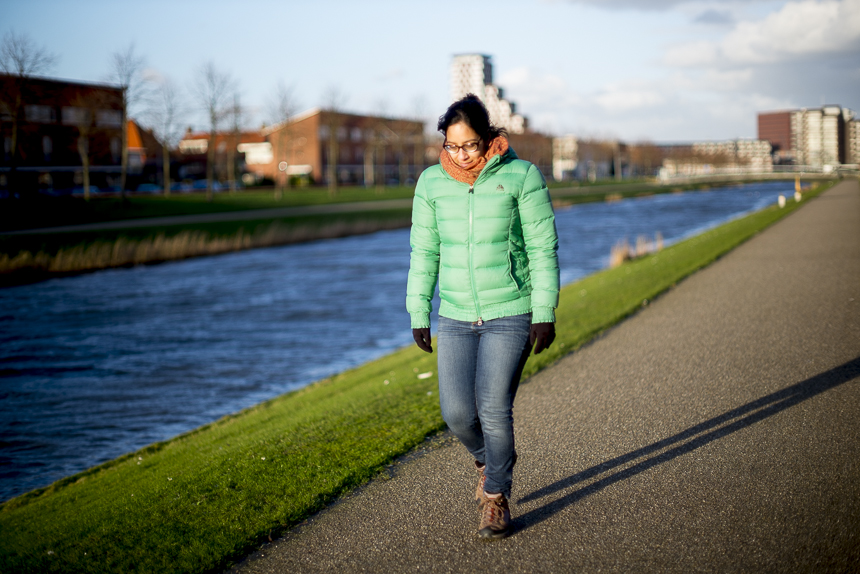
On the internet you’ll find lots of photos taken with this lens, but most of them are of static objects. Portraits are a bit harder to find and action is something you don’t see at all. Too bad, because the 58 is more than a one trick pony. If you take it outside and try it with a variety of subjects, you’ll discover the interesting qualities of this lens. For example, the picture above is a bit Nocti-like to me. It has a distinct rendering and a much shorter DOF compared to a 1.4 lens.
Usability
One of the biggest drawbacks of this lens is that it isn’t rangefinder coupled. That means you can only use it with live view, or with other focussing techniques. Although Live view on the M240 is slow and the blackout takes ages, with a little effort and training you can make it work. For example, in this situation, I focussed with the EVF, using focusing peaking and adjusted by feel and muscle memory for the movements of the dancer. Only when the distance changed significantly, I checked focus with the EVF again. Timing takes a bit of training as well, since there is a noticeable lag between pressing the shutter and the picture being taken. I really hope Leica can do something about that with a firmware update.

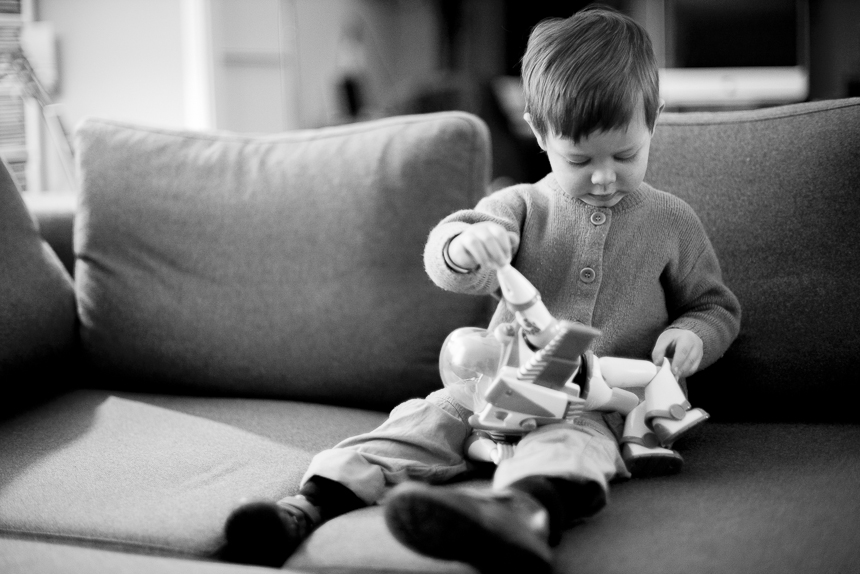
Bokeh
Bokeh can be a bit of a hit or miss. Some people say bokeh improves with stopping the lens down to f2. But to me, the ultra shallow DOF is more important than bokeh. Mind you, the bokeh is very good in general, it’s just that sometimes it really shines, whereas sometimes it can be a bit busy. Compared to the much less expensive Rokkor 50/1.4, the bokeh of the 58 is a lot better.
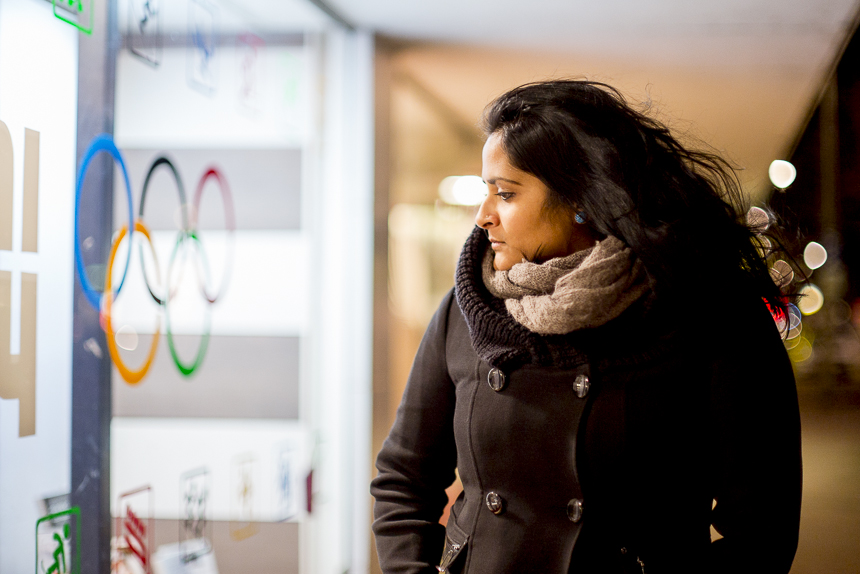
Flare
You’ll need a lens hood if you’re shooting against light sources. Is some cases, the image will wash out completely.
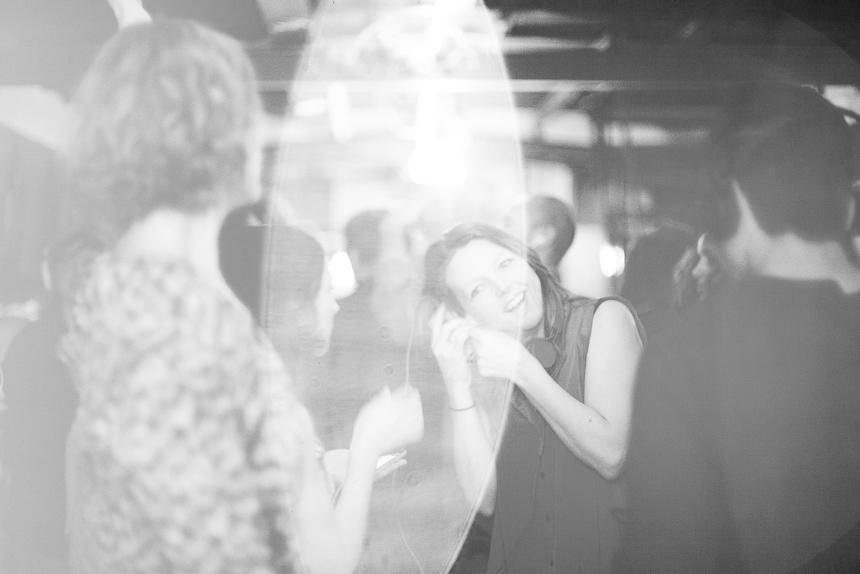
Conclusion
If you want ultra shallow DOF, unique rendering, good bokeh and acceptable sharpness for a very reasonable price, the Rokkor 58/1.2 is one of the best lenses you can get. If you don’t like your EVF and have enough money, get a Noctilux V4. If you want sharpness and everything else, get a 0.95.
